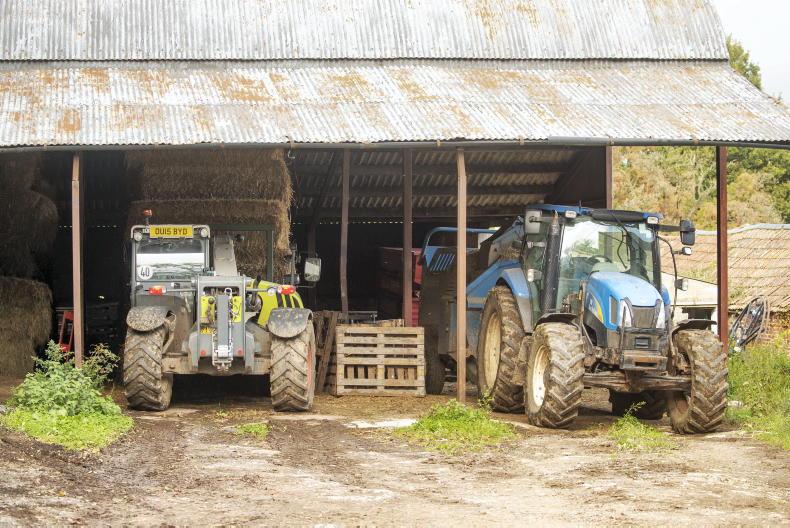Were it not for luck, the impact of Russia’s war in Ukraine on global food security could have been much more severe.
Following the invasion, the combination of good weather and strong producer response prevented market prices from rebounding to the levels of early 2022, according to senior research fellow at the International Food Policy Research Institute Joseph Glauber.
Tight global grain stocks will mean increased global volatility, as will uncertainty over events such as the renewal of the current Black Sea grain initiative, which is scheduled to expire in March, according to Glauber.
Glauber’s analysis shows that markets proved much more resilient than expected following the invasion.
Despite Ukraine’s exports falling by almost one third, a bumper Russian crop, combined with large crops in Canada and Europe, served to offset the shortfall.
However, maize did not fare as well, with exports from Ukraine, the US and EU only partially offset by Brazil and Argentina.
Ukraine direct impact
The most direct impact has been on Ukraine’s production, which has been disrupted for three seasons.
The 2021 harvest had not all shipped when the invasion happened, with normal exports only resuming following the implementation of the Black Sea initiative last August.
Production fell dramatically in 2022, due to a combination of disruption, higher inputs costs and marketing challenges.
However, it is the 2023 crop that Glauber fears for the most. Low producer prices combined with high input costs have discouraged planting and Glauber forecasts that production will drop even further.
Impact of fertiliser sanctions unclear
Sanctions have affected the flow of fertiliser from Belarus and Russia, despite food and fertiliser being exempted from sanctions on Russia.
However, according to Glauber, energy and fertiliser prices have paralleled those of grains and oilseeds, peaking in the spring and falling through the rest of 2022, as global markets readjusted.
Glauber notes that fertiliser markets have been very resilient, accessing alternative supply chains and ultimately enabling producers to meet their nutrient needs, albeit at persistently higher costs.










SHARING OPTIONS